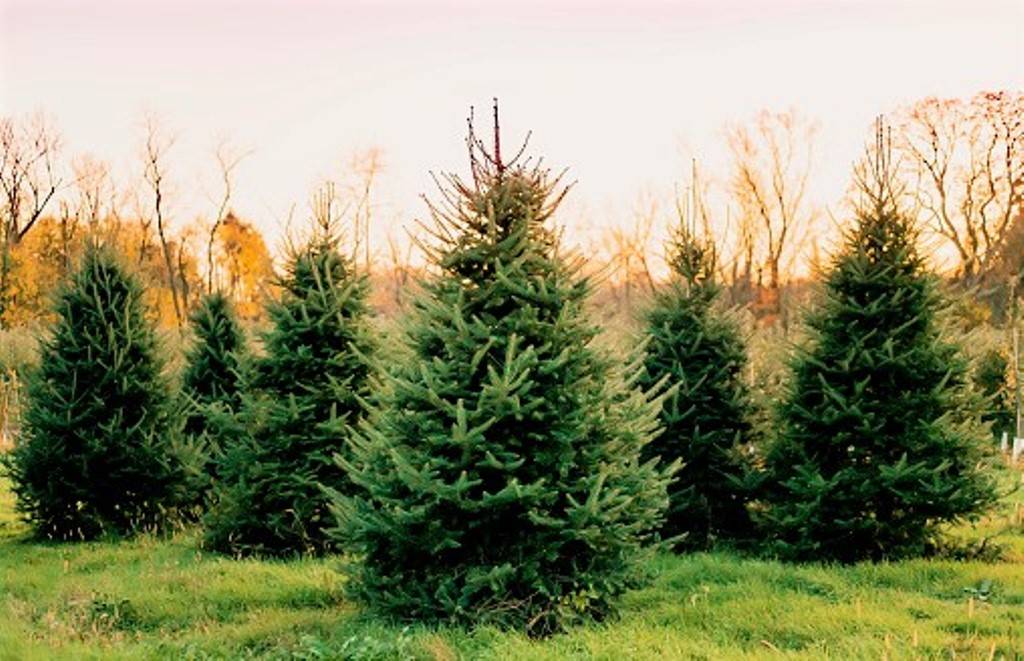
Consider cultivating Christmas trees on your little acreage if you're looking for a profitable cash crop. They're a low-maintenance crop that's perfect for a weekend venture and can provide a steady income for years to come. Planting young trees on your land each year will provide a consistent income as the trees mature and are harvested and get replanted after an average of eight years.
Grow Your Own Christmas Tree
People nowadays prefer growing their own Christmas trees at home. It's also not really that difficult. If you may not have enough space in your home for a garden, you can purchase a small tree and let it grow on your balcony until Christmas. However, if you plan ahead of time, you may be able to celebrate the holiday with a homemade version.
Different Types of Trees
You can choose between Virginia pine, which is the most famous Christmas tree, and Afghan pine. Deodar cedar, Sand pine, and Arizona cypress are some of the other varieties.
Be Patient As It Takes Time To Grow
Farmers generally choose imperfect grounds for cultivating Christmas trees, but if you want to give your trees the best possible start, pick a field with well-drained soil. Wet circumstances are not suitable for the growth of Christmas trees. And, while it's tempting to believe that the trees will take care of themselves, this isn't the case.
To guarantee that the branches grow thickly and make a wonderful Christmas tree shape, each tree must be sheared every summer once it has reached 3 years of age and about 5 feet in height.
No one buys Christmas trees in July, so be mindful that while crop care can be done all year, the harvest is definitely seasonal, and the return on your investment produces craters and valleys throughout time.
Planting
Your planting area should be free of human disturbance. Avoid steep slopes, which are prone to soil erosion and where water often runs away before reaching the roots. Remove any weeds from the area. Seedlings of good quality can be purchased at a local market or ordered online. The ideal time to plant the tree is between February & May.
Watering & Soil
Christmas trees may grow in practically any soil, but loamy soil is the ideal. Keep the soil moist at all times.
Sunlight
Because Sunlight Seedlings cannot survive high heat, they should be planted in the fall or winter.
Organic fertilizers
Use an all-purpose fertilizer to feed your plant once or twice a year. To boost nutritional levels, compost can be used. The plant, on the other hand, does not require much fertilizer.
Earn Huge Profit
There may be expenses associated with your Christmas tree plantation, as with any crop—you may require equipment for planting, trimming, and harvesting, depending on the size of your plantation. Other expenses include pesticides and hiring staff to assist with the harvesting.
When properly managed, even a single acre of Christmas trees can produce a large profit (in excess of $10,000).Furthermore, cultivating Christmas trees may provide tax benefits; contact an expert to evaluate the potential savings and regulations before beginning on Christmas tree farming.
But there's another reason to consider planting Christmas trees apart from financial benefits. Growing Christmas trees, unlike so many other crops, allows you to be a part of something greater and more significant than just growing a crop.
















